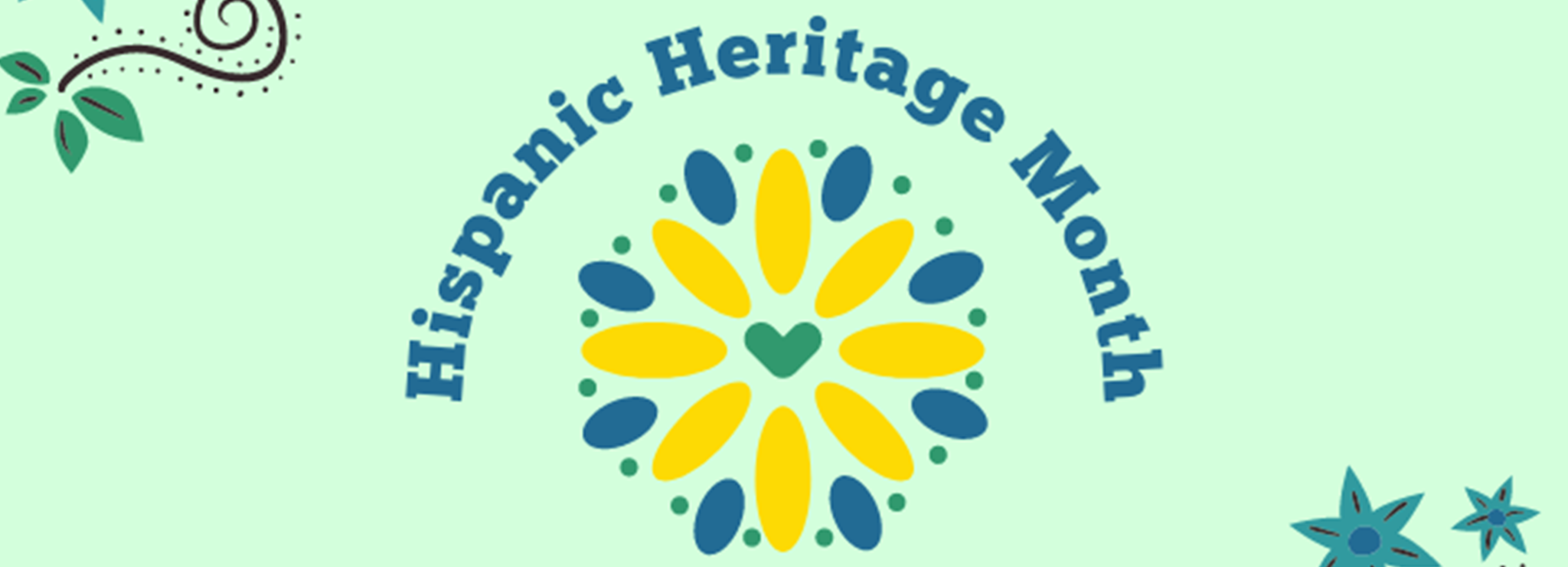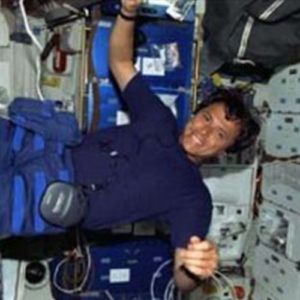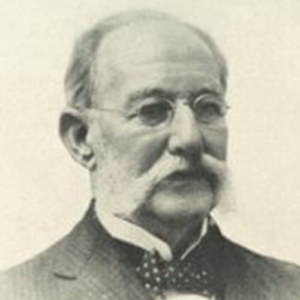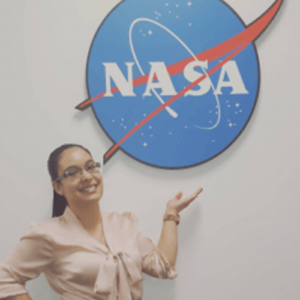Blogs | 9.30.2021
Remembering Hispanic and Latinx STEM Trailblazers

In the unique melting pot that is the United States, we are lucky to have a diverse group of STEM professionals that have explored the planet and surrounding universe to innovate and improve our lives for the better.
In honor of National Hispanic Heritage Month, which runs from September 15 to October 15, we’re shining a light on the incredible achievements and contributions from Hispanic and Latinx scientists and engineers both past and present.
Franklin Chang-Díaz
 Born in 1950 in San José, Costa Rica, Chang-Diaz immigrated to the United States in the late 1960s to finish his high school education in Hartford, CT. He went on to earn a bachelor’s degree in mechanical engineering from the University of Connecticut, followed by a degree doctorate from MIT in physics.
Born in 1950 in San José, Costa Rica, Chang-Diaz immigrated to the United States in the late 1960s to finish his high school education in Hartford, CT. He went on to earn a bachelor’s degree in mechanical engineering from the University of Connecticut, followed by a degree doctorate from MIT in physics.
He became the first Hispanic astronaut in 1980 and flew on seven Space Shuttle flights, logging more than 1,500 hours in space and 19 space walks. Throughout his trips to space, Chang-Diaz participated in the deployment of multiple satellites and the Galileo spacecraft to Jupiter, conducted experiments in astrophysics, and made repairs to robotics on the International Space Station. Learn more about him here.
Dr. Ellen Ochoa
 Dr. Ellen Ochoa is an American engineer, former astronaut, and former director of the Johnson Space Center. Born in 1958 in Los Angeles, she became the first Hispanic woman to go to space in 1993 aboard the Space Shuttle Discovery.
Dr. Ellen Ochoa is an American engineer, former astronaut, and former director of the Johnson Space Center. Born in 1958 in Los Angeles, she became the first Hispanic woman to go to space in 1993 aboard the Space Shuttle Discovery.
Ochoa received a bachelor of science degree in physics from San Diego State University in 1980 before earning a master’s degree in electrical engineering. During her nine-day trip to space on Discovery in 1993, she studied the Earth’s ozone layer. In total, she spent nearly 1,000 hours in space during four Shuttle missions. She was Johnson Space Center’s first Hispanic director, and its second female director. Ochoa is the recipient of numerous awards, including the Harvard Foundation Science Award, Women in Aerospace’s Outstanding Achievement Award, and the Hispanic Heritage Leadership Award. Learn more about her here.
Carlos Juan Finlay
 Carlos Juan Finlay was a Cuban epidemiologist that discovered mosquitos transmitted Yellow Fever in 1886. He was a graduate of Jefferson Medical College in Philadelphia in 1855 and then returned to Cuba to practice medicine in Havana.
Carlos Juan Finlay was a Cuban epidemiologist that discovered mosquitos transmitted Yellow Fever in 1886. He was a graduate of Jefferson Medical College in Philadelphia in 1855 and then returned to Cuba to practice medicine in Havana.
Even though he published his findings about yellow fever in 1886, it took nearly 20 years for the medical community to realize Finlay’s findings were accurate. In 1900, American physician Walter Reed visited Finlay in Cuba, where they investigated and refined Finlay’s experiments. Reed quickly proved Finlay’s findings were correct and Yellow Fever was eradicated in Cuba and Panama shortly after. Learn more about him here.
Scarlin Hernandez
 Scarlin Hernandez is a Spacecraft Engineer currently working on NASA’s James Webb Space Telescope Mission. Hernandez was born in 1991, in the Dominican Republic and moved to Brooklin, NY at the age of four. The National Science Foundation awarded her a full college scholarship to the Capitol Technology University where she earned a degree in computer engineering in 2013. As a spacecraft engineer, she tests and verifies the ground systems that will be used to command and control the telescope once it’s in space. The James Webb Space Telescope is the largest, most complex, space telescope ever built and launched into space.
Scarlin Hernandez is a Spacecraft Engineer currently working on NASA’s James Webb Space Telescope Mission. Hernandez was born in 1991, in the Dominican Republic and moved to Brooklin, NY at the age of four. The National Science Foundation awarded her a full college scholarship to the Capitol Technology University where she earned a degree in computer engineering in 2013. As a spacecraft engineer, she tests and verifies the ground systems that will be used to command and control the telescope once it’s in space. The James Webb Space Telescope is the largest, most complex, space telescope ever built and launched into space.
Find out exactly what Hernandez is working on and how she became an engineer in this video from NASA.
